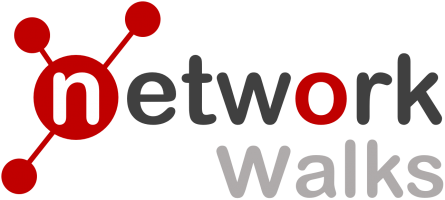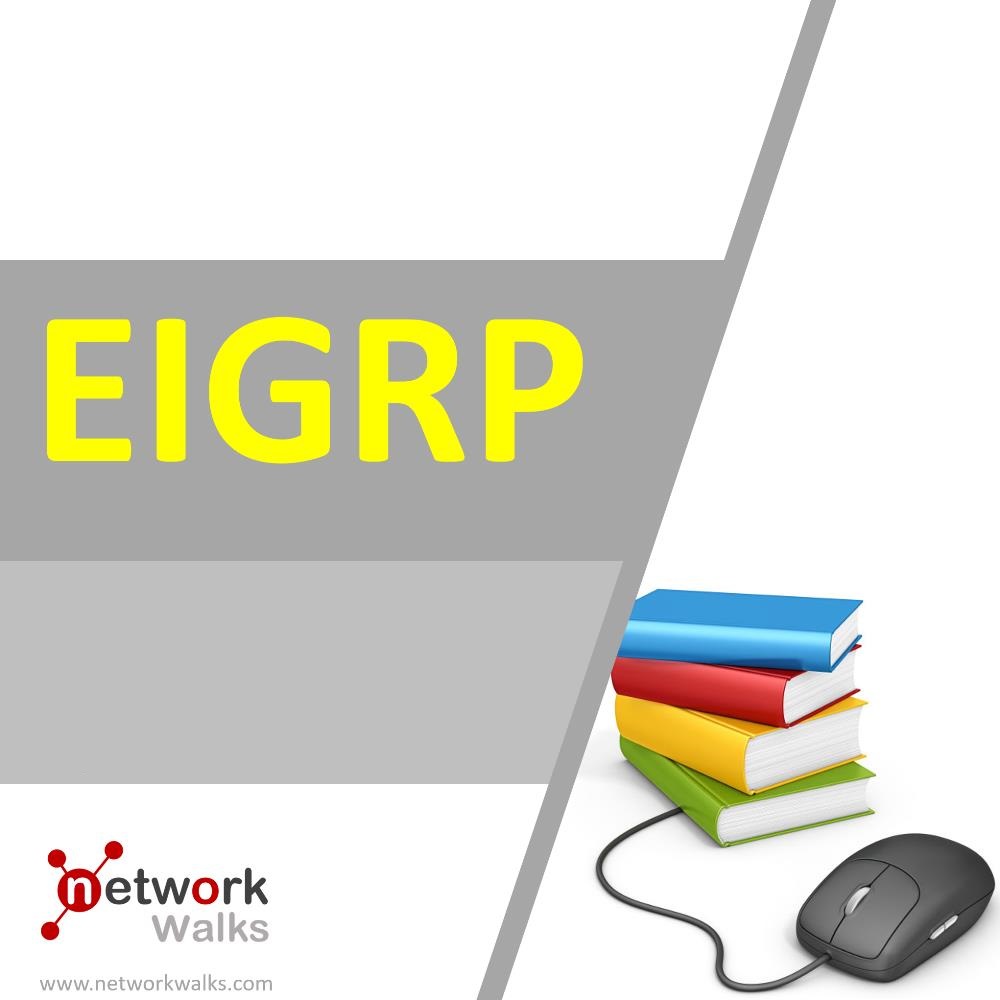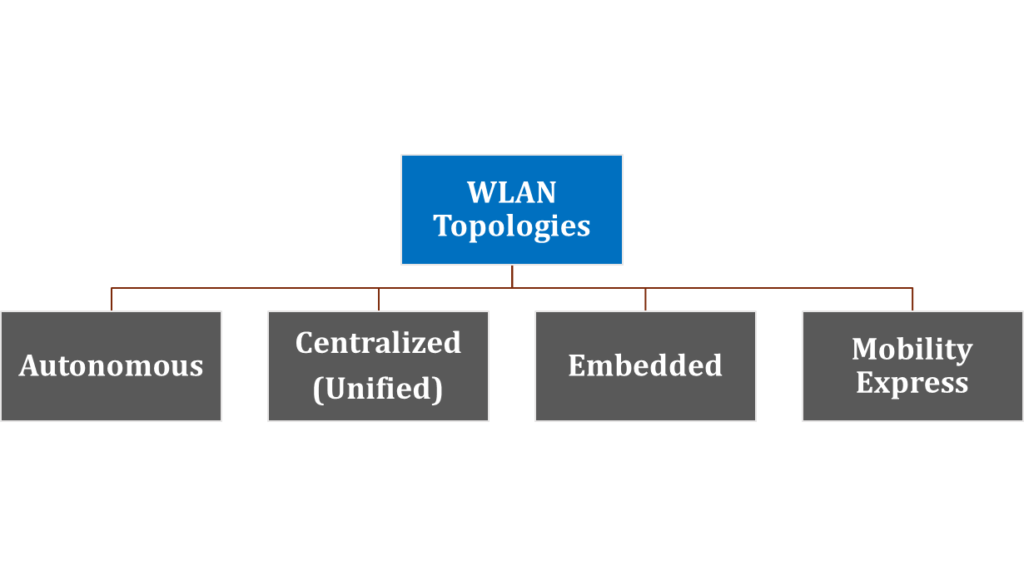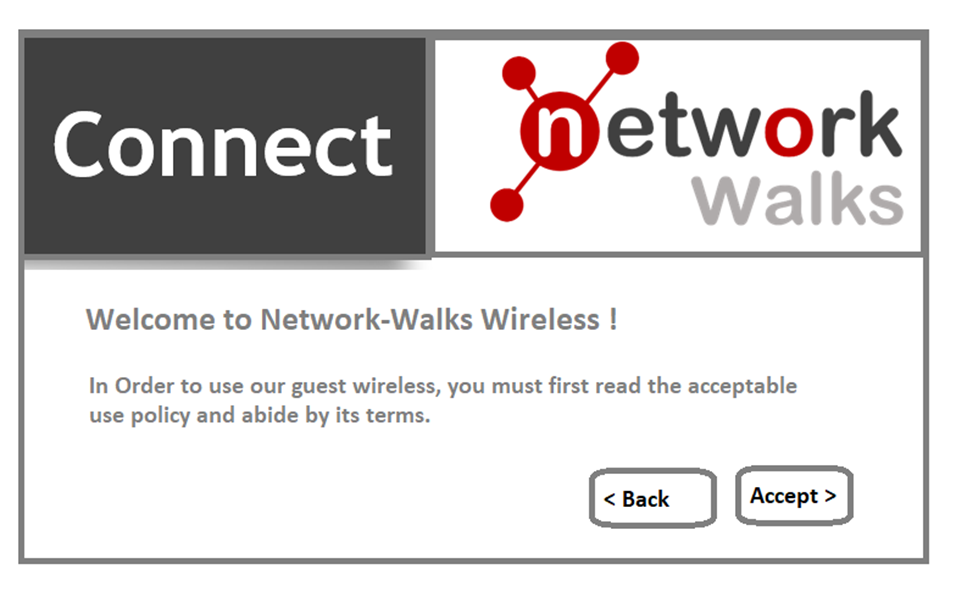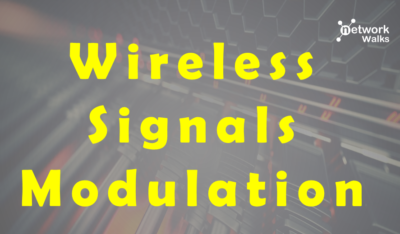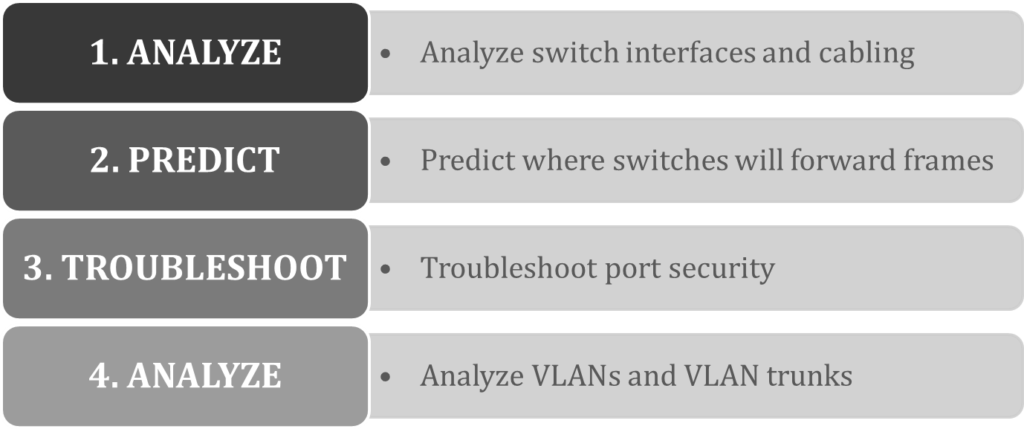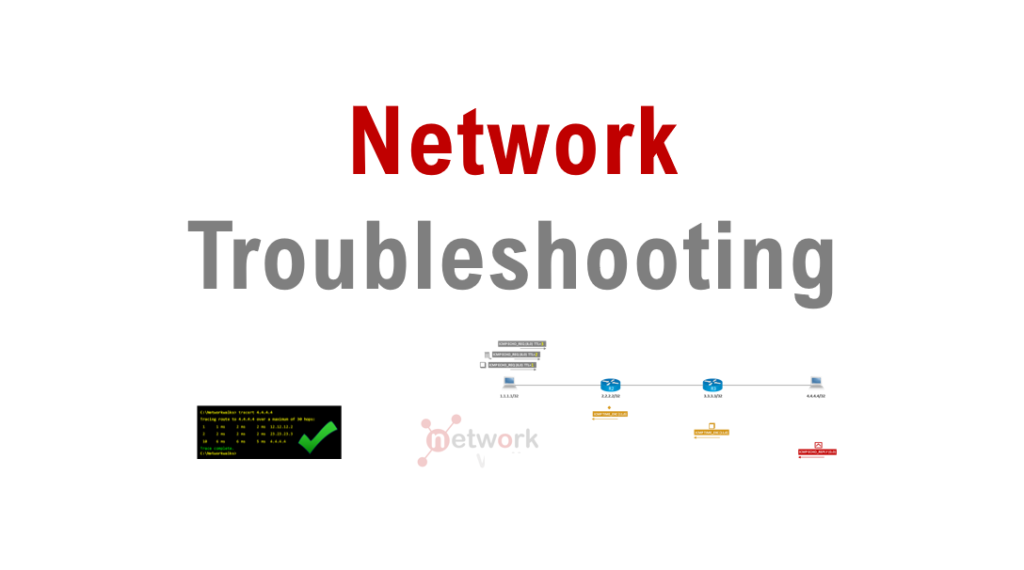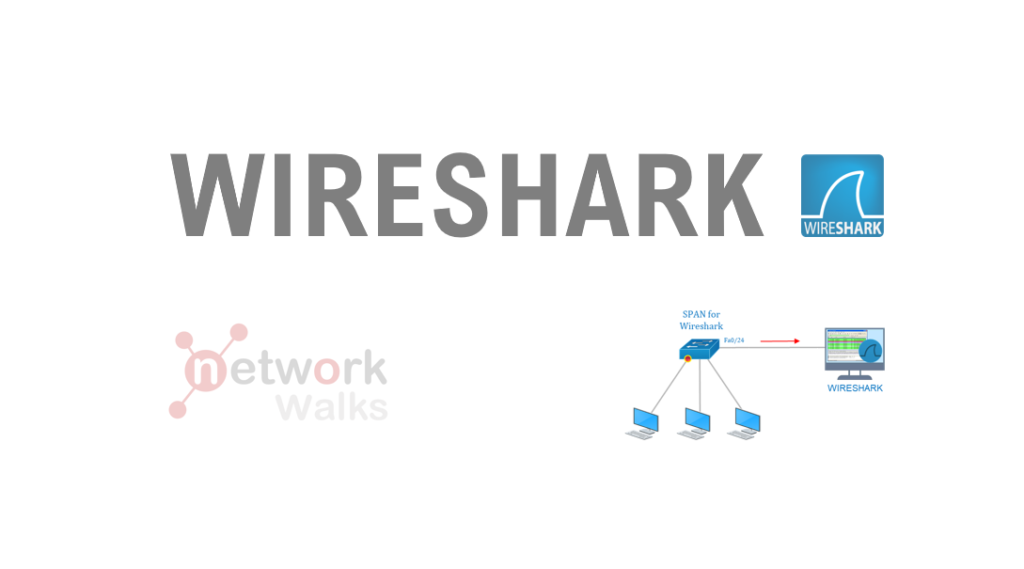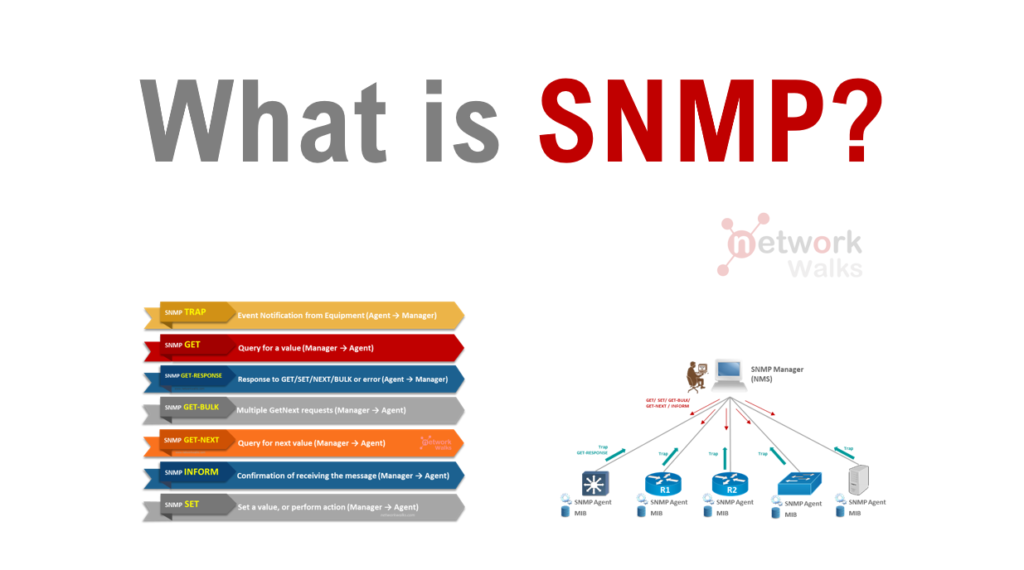
What is EtherChannel? EtherChannel is a Layer-2 link aggregation protocol which is used to combine multiple physical links to a single logical link called an EtherChannel bundle or a PortChannel. It is a Cisco Proprietary and IEEE 802.3ad (2000) is a standard way of carrying out Link Aggregation. The purpose of EtherChannel is to achieve Link Aggregation or Logical Bundling. The no. of member ports are between 2 – 8 (a maximum of 8 active out of a total of 16 on most Cisco Switches). EtherChannel has a multicast address of LACP:01-80-c2-00-00-02, PAgP:01-00-0C-CC-CC-CC Why do we need EtherChannel in Read More …
